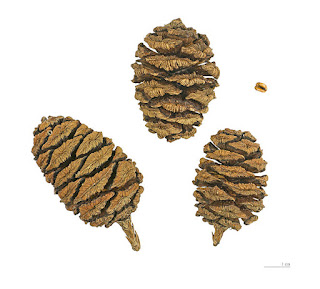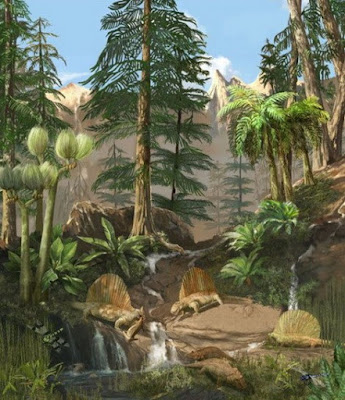Join me on my 'plant-astic' journey
Take a look outside at the lush green mountain ranges that
surround you. Take a leisurely hike through a nearby nature track. Perhaps take
a walk through your local botanic garden, or even your own garden, and count
the number of different types of trees, plants and flowers you see. Chances are,
there will be more plants than you would want to, or could care to count. Close your
eyes and take a deep breath, fill your lungs with the oxygen that plants
produce through photosynthesis.
When the Earth formed approximately 4.5 billion years ago,
our planet was lifeless and vastly different from the unique and diversified ‘David
Attenborough style’ planet we see today. The origin of plant life remained stagnant
for several billions of years until a photosynthetic algae, Cyanobacteria,
changed the surface of the Earth 1.2 billion years ago and paved the way for
other terrestrial plant forms to flourish around 500 million years ago.
It is estimated that there are now more than 290,000
different plant species which cover the majority of the land mass of the Earth,
excluding polar and desert regions. Considering the Earth is covered by more
than 70% water; that is quite an extraordinary range of diversity which
originated from our humble friend Cyanobacteria.
My aim over the next several posts is to take you on a journey
from the Charophytes of the Paleozoic era through to the Angiosperms of the
Cenozoic era, and look at the origins of these terrestrial plants and how they
evolved into the complex and wonderful plant life we see and enjoy today.
References:
Reece, J.B. &
Campbell, N.A. 2012, Campbell biology, 9th (Australian
version) edn, Pearson Australia, Frenchs Forest, N.S.W.



I really nice introduction. I look forward to reading your next post!
ReplyDelete